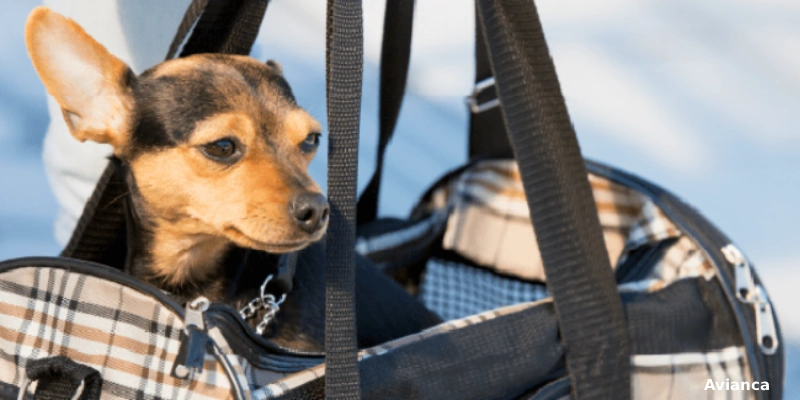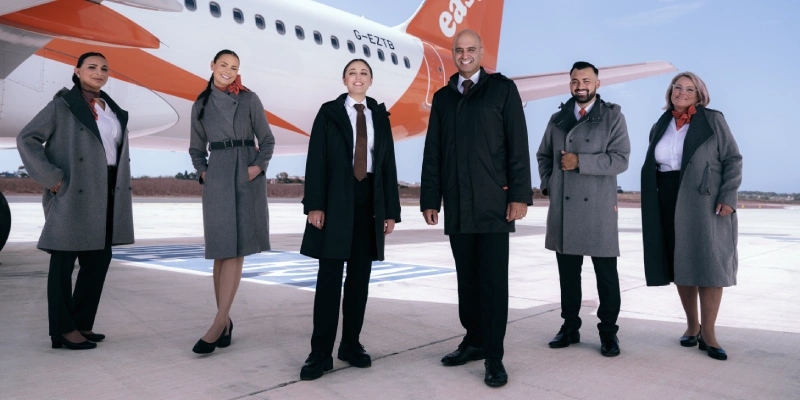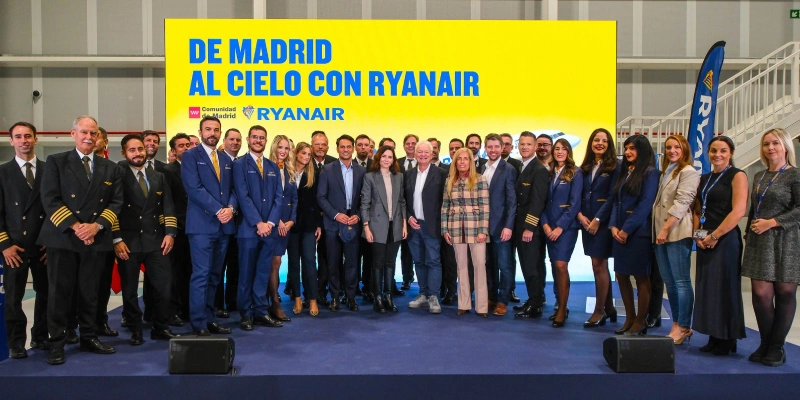Colombia has requested that the International Civil Aviation Organization (ICAO) establish global standards regulating the air transport of pets, following several high-profile cases of dogs dying on aircraft. The proposal already has the support of approximately two dozen countries in Latin America and Europe and will be discussed at the ICAO Triennial Assembly, scheduled from September 23 to October 3.
Mauricio Ramirez Koppel, Colombia’s representative to ICAO, explained that the initiative stems from incidents within the country that compromised animal welfare. “We found that there is no ICAO guidance establishing standards and rules for the proper transport of pets and live animals,” he stated in comments to Reuters.
A Regulatory Gap with Consequences
Although ICAO cannot impose rules on member states, nations that approve its guidelines typically adopt them. However, the lack of a common regulatory framework has resulted in a patchwork of regulations that vary by airline and region.
Colombia’s working group at the assembly warned that the growth in pet transportation has increased risks related to ventilation, container security, temperature conditions, and extended layover times.
→ FAA Proposes $3.1 Million Fine Against Boeing for Safety Violations
In 2021 and 2022, cases were recorded of dogs that died on flights operated by small Colombian airlines. Previously, in 2020, the Canadian Kennel Club called for reforms after dozens of canines died on a Ukraine International Airlines flight between Kyiv and Toronto. An earlier precedent occurred in 2018 when a French bulldog died on a United Airlines flight after a cabin crew member ordered it to be placed in an overhead compartment. This incident prompted legislation in the United States that explicitly prohibits endangering animals by placing them in overhead bins.
Growing Demand and New Practices
The increase in pet ownership and the recovery of travel post-pandemic have spurred specialized services like “dog-first” flights from U.S.-based BARK Air. In Australia, Virgin Australia announced that, starting October 16, it will for the first time allow small cats and dogs to travel in the cabin on certain domestic routes.
Conversely, many airlines still transport animals in the cargo hold, which entails additional risks. Some even prohibit breeds such as pugs or French bulldogs due to their vulnerability to heat stroke.
A Patchwork of Rules and the Push for Unified Criteria
Currently, the International Air Transport Association (IATA) has guidelines on live animal transportation, but they are not binding, Koppel noted. Adding to this complexity, certain Middle Eastern carriers, such as Qatar Airways, allow raptors in the cabin, while countries like Australia require mandatory quarantine for arriving dogs and cats.
“There is a legal vacuum,” emphasized the Colombian delegate, stressing the urgency of establishing an international framework that provides security for both passengers and their pets.
Related Topics
Ryanair to Connect Castellón with Manchester and Bologna in Summer 2026
Jet2 to Launch Flights from London Gatwick Airport for First Time Starting in 2026
easyJet Unveils New Crew Uniform as Part of its 30th Anniversary
Ryanair Opens New 737 “Gamechanger” Crew Training Centre in Madrid

Plataforma Informativa de Aviación Comercial con 13 años de trayectoria.




